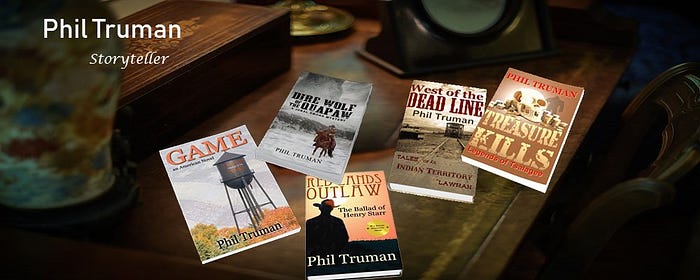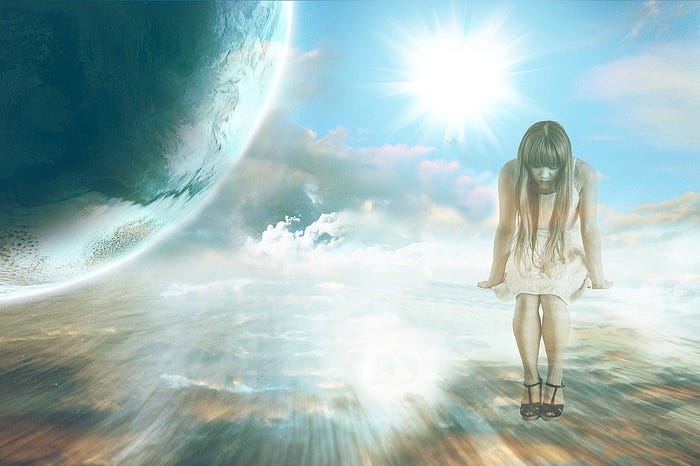First the bad news: 99.9% of everything that's ever lived on Earth is now extinct. There have been 5 cataclysmic major extinctions in the last 500 million years.
The good news? You're still here. So far, so good.
Before I start, I want to get a few things straight. I'm not a doomsayer. I'm not a radical, spittle-flinging environmentalist. I love trees but I don't hug them. I believe whales are magnificent creatures, but I don't think we should shave them. The ozone layer? I can take it or leave it, especially when I'm indoors. My carbon footprint? I'm told I'm a carbon-based life form, so I guess I leave a little bit of carbon everywhere I walk and breathe. Don't we all? Oh, and I don't throw plastic water bottles in the ocean. Hell, the nearest is 1,500 miles from my driveway, and I haven't been to one in over 20 years. Doubt I'll see another seashore in my lifetime, provided Antarctica doesn't melt (more on that later).
Just wanted to get all that off my chest. Now let's focus attention on some fun facts all you science trivia nerds will find fascinating. The rest of you, please scroll to the end then get up and go to the bathroom so I'll get credit for your reading time.
Did you know:
· Earth's atmosphere is about 120 miles thick. That sounds pretty high until you shrink the planet to the size of schoolroom globe, then the atmosphere with all its thunderstorms, tornadoes, hurricanes, volcano fallout, African mega-dust blooms, and polar vortices (pronounced vor te seas for those of you in Seattle) would be about the thickness of 2 layers of varnish. But who wants to breathe varnish?
· The deepest part of any of Earth's oceans — Mariana's Trench, Challenger Deep — is over 36,000 feet (6.8 mi) deep. If you could get, say, a Chinese engineering firm (to avoid any international incident) to transport Mt Everest to the Pacific and drop it into the Mariana's Trench, it would still be over a mile underwater when it settled to the bottom. It would be even deeper, if you used the metric system.* Plus, it would leave a very large gap in the Himalayas.
*Scientists like to measure things using the metric system, but I don't. I believe the metric system is fake news.
· There are 320 million cubic miles of water on earth. The Pacific Ocean holds about 52% of the Earths water, the Atlantic 24% and the Indian Ocean 21% leaving 4% in all the rest of the oceans. Fresh water accounts for 3% of the planet's water, but most is ice. Lakes and rivers and reservoirs hold four-tenths of 1% and clouds have about a thousandths of 1%. If you came from the American South to live in Antarctica, you'd run out of tea before you ran out of ice. If you were from Seattle while living in Antarctica, then you'd run out of coffee first.
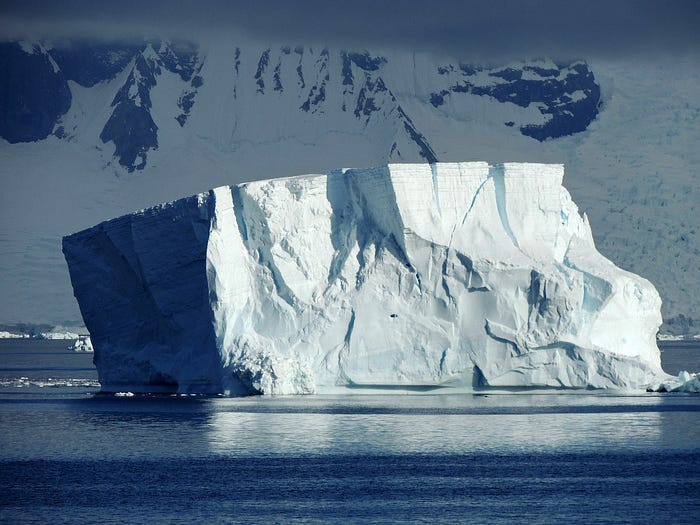
· Antarctica has 6 million cubic miles of ice. If it melted, ocean levels would rise 200 feet making my drive from Tulsa, Oklahoma to the beach a day trip.
· We humans are made up of 65% water. A cow is 74%. A tomato is 95%. Ironically, a public swimming pool is only 56% water, the rest is pee.
· Your basic water is made from two of the most volatile elements on Earth which when combined form one of the most inert substances. The Hindenburg is a good example of why you shouldn't smoke around hydrogen and oxygen. The Titanic is a good example of why you can't smoke in water.
· 95 % of all fossils sitting in museums and university storage bins are of critters that lived under water. It's like they wanted to be discovered.
· It is very difficult to become a fossil as attested by myself and a few old friends. For us, it has taken a lifetime. Scientists say, most of what crawled, swam, slithered, or skittered on Earth left no record of their existence in the fossil record much like the 's Rock n Roll group Danny and the Hemorrhoids. Which makes me ask, "If they left no record of their existence, then how do you know they existed?" Stupid scientists.
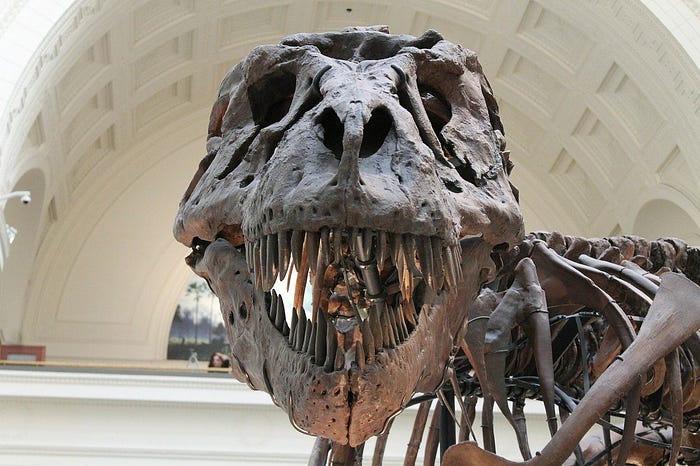
· But then they distract me by saying, "Only about 1 bone in a billion becomes fossilized; therefore, in the complete fossil legacy of all the Americans alive today with 206 bones ea. (roughly 65 billion bones), you can expect only 50 bones will be fossilized. Next question."
· As I mentioned earlier, we are "carbon-based" life forms (as are most), yet our body only consists of 23% of this element. Oxygen is 61%. If you ask me, this is how fake news gets started.
· Aluminum is the 3rd most common element on earth, right behind oxygen and silicon; however, there is argument in some camps that iron might be more abundant than aluminum. But summer science camps can be tedious and un-athletic. Aluminium wasn't discovered until the 19th Century and at first thought to be rare and precious. In fact, Congress nearly voted to put an aluminum foil coating on top of Washington Monument to impress foreign visitors. You can fact check me on this. Stupid Congress.
Now for the really cool stuff, unless you're still in the bathroom.
Your body is made up of 22 amino acids, but it's not that simple. They are often referred to as "the building blocks of life." Condescending scientists like to refer to them as such so that we non-scientists will have a better grasp, in our knuckle-dragging way, of what they're trying to explain. Personally, I prefer to call them the "Legos of Life" or, for you Baby Boomers, "Tinker Toys of Life." Amino acids snap together in a very specific sequence to make proteins. Your body has perhaps millions of proteins (I've lost count). That's when things really start to come together.
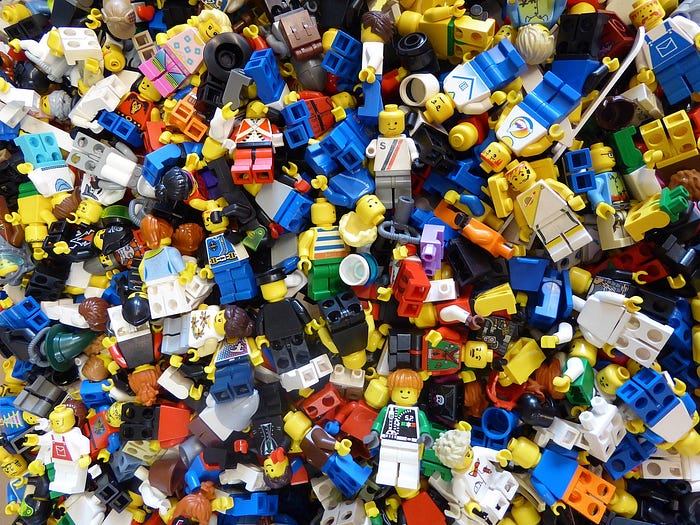
Let's consider just one: Collagen — the structural protein found in skin and connective tissue and Hollywood. It takes 1,055 amino acids arranged in precisely the right order and structure to make a collagen protein. Odds of that happening by chance are 1 in 10 to the 260th power. That's a 1 followed by 260 zeros which is a number greater than all the atoms in the known universe. If I were Carl Sagan or Neil deGrasse Tyson, I'd smile at you condescendingly and explain it this way: Imagine a very wide slot machine with 1,055 wheels each containing 22 symbols. For you to hit the jackpot on collagen, it would take you 1 followed by 260 zeros lever pulls. Only God would take those odds, but for Him it would be a sure bet.
Most proteins don't need that many amino acids. Two hundred is about the average. Hemoglobin is one of the smaller ones, only 146 amino acids and yet it offers 10 to the 190th power combinations.
Fred Hoyle (a famous astronomer not many people liked) described the improbability of a protein's random assembly as akin to:
"a tornado going through a junkyard and leaving behind a fully assembled jumbo jet."
There's more, but I'll leave you with that. I'm sure you're dazzled or at least drowsy, if not relieved. And you can fact check me on all this. My main references were A Short History of Nearly Everything by Bill Bryson and Wikipedia.
Thank you for reading and/or scrolling to the bottom here and going to the bathroom. I certainly appreciate either event.
I'd like to share a couple other posts from my colleagues, which I'm sure you'll enjoy:
Then there's me:
I'd also like to give you something
Click the image below to go to my website. If you join my readers group, I'll send you a free copy of my short story collection, Skins Game.
